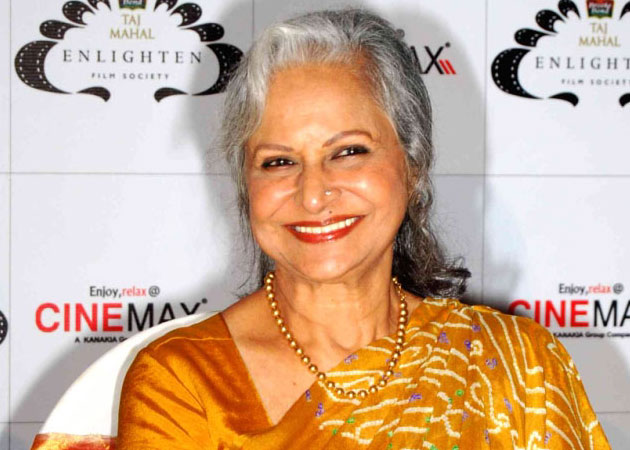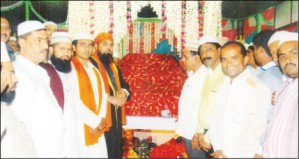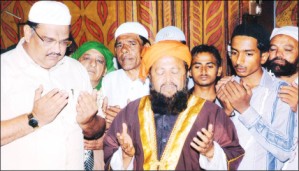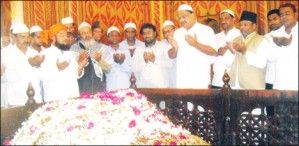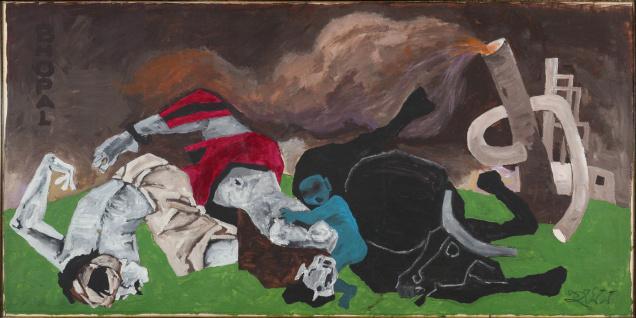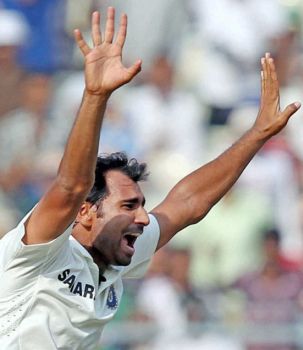Chronicler of cinema
The 1950s. When 12-year-old Nasreen Munni Kabir sat in the darkened Scala Theatre in Charlotte Street, London, catching her first glimpse of Hindi films, little did she ever imagine that years later, she would plunge headlong into making documentaries and authoring 14 books on Indian cinema.
Like millions of NRIs, Nasreen says her family also kept connected to the mother country through food and films. “More than Indian cinema, I would say Hindi film songs,” she says, a brightness shining in her dark eyes as she travelled down decades. This was the 1950s, an era when the DVD or the Internet were far from even entering the scene. At such a time, there was even more romanticism attached to cinema and songs. “They not only defined the idea of home, but also defined the idea of romance,” Nasreen said, “like the song Chandni raatein, pyaar ki baaten.”
Some distributors in London showed Indian films on Sunday mornings when regular business was low, and this is where the love for the flickering images on screen was born. And it was obvious that those memories were still fresh, as a luminous smile lit up her face when she recalled them. “The first images that I can remember are that of Nimmi running through mustard fields in Mehboob Khan’s Aan, and she is singing ‘Aaj meri man mein saki bansuri bajaye koi…’ More than the song, I was struck by Lataji’s beautiful singing. And who is standing at the end of the field on a black horse but Dilip Kumar. Now, anybody growing up in the 1950s had to fall in love with Dilip Kumar, otherwise they were pure idiots!” she exclaimed delightedly.
Hindi film music strengthened her affair with the world of Indian cinema, and the beautiful songs led her to the films themselves. By this time, the young girl was clear in her mind that she wanted to be a part of the film industry. She was 18 and was already working as an aide in several films. French films were causing ripples at the time, and she even worked as assistant director to the path-breaking French new wave director Robert Bresson in Four Nights of a Dreamer in 1971. “He was a master! And my name is there in the credits,” she said, with a fresh young girl’s pride that belied all the years of carving a name for herself as a documentary-maker of repute.
It soon became clear to young Nasreen that she had tochoose a different path in the world of cinema. “I always wanted to work in films, but I always thought I did not have the personality or the talent to make fiction films. I thought I was better at recording reality, so I wanted to go down the documentary route. So when I was in France in the 1980s — I had already done a doctorate in cinema studies from the Sorbonne — I started thinking of doing a thesis on four Indian directors — Bimal Roy, Guru Dutt, Mehboob Khan and Raj Kapoor, because I thought they were the best. This was in 1982-83.”
Instead of beginning her thesis, she started programming Indian film festivals at the Pompidou Centre, getting 100 films to be shown there in 1983. “This was big. Satyajit Ray, G Aravindam and others came!” In 1985, she followed it up with another festival of popular Indian cinema. By this time, it became clear to her that the films of Guru Dutt had caught her imagination.
“Because he combined many forces, a deep understanding of cinema, and had a singular voice and vision. You see two shots and you would know this was Guru Dutt. Same as Bimal Roy, Mehboob sahab, but you cannot pretend to put the same energy into four people. Either you go wide, or you go deep. It’s better to go deep and do one thing properly. And I thought to myself that I would spend most of my next 10 years doing research on Guru Dutt, because his films moved me the most. He was a romanticist, but had a fantastic understanding of cinema, it was brilliant.”
What followed was a three-part documentary series called In Search of Guru Dutt that was produced by Nasreen for UK’s Channel 4. While Dutt himself had passed away by then, the documentary traces his life through extensive interviews with colleagues and family members, and excerpts from his films.
That was the beginning of many documentaries that followed through the years on Hindi films and personalities, including Follow That Star (Amitabh Bachchan), Lata in Her Own Voice (Lata Mangeshkar), and The Inner/Outer World of Shah Rukh Khan. Her deep research for her documentaries led her to publish 14 books. Interestingly, two of the books are immortal dialogues from Mughal-E-Azam and Awaara, with notes and comments.
We return to Hindi songs, and Nasreen said the beautiful lyrics, songs, singers and music composers had played a large part in immortalising the first 50 years of Indian cinema. We discuss maestros like S D Burman, writers like Sahir Ludhianvi, Lata Mangeshkar and Mohammed Rafi, and many eternal hit songs, as the clock ticked away relentlessly. She didn’t have the clichéd view that the music and lyrics of the past were far better than that being produced today. “That was good for those days; this is good for today. Even Gulzar sahab continues to write lyrics today.”
We veer towards Hollywood taking over cinema in most parts of the world. She cuts in. “Hollywood has taken over. For the past 30 years! Where do you see German productions? There are (just) 12 films a year in England.” She said Hindi cinema has withstood the onslaught of Hollywood. “You name one country in the world that still produces 100 films a year,” she said, refusing to get into a debate about form.
“We are not talking of aesthetics. I am talking of employment, industry. In the world today, I believe it’s India, China (Hong Kong films) and then it’s Hollywood. I am not talking reach and moneymaking. In terms of moneymaking, I think Hollywood is No. 1. Here they get very happy with 100 crore. There it would be the weekend earning of Batman!” she said with a twinkle in her eye.
As she hurries away to join a discussion with other writers, the energy I had witnessed made me very sure that there would be many more documentaries and books from this incisive director and author.
source: http://www.deccanherald.com / Deccan Herald / Home> Supplements> Sunday Herald Entertainment / by S. Nanda Kumar / November 17th, 2013


